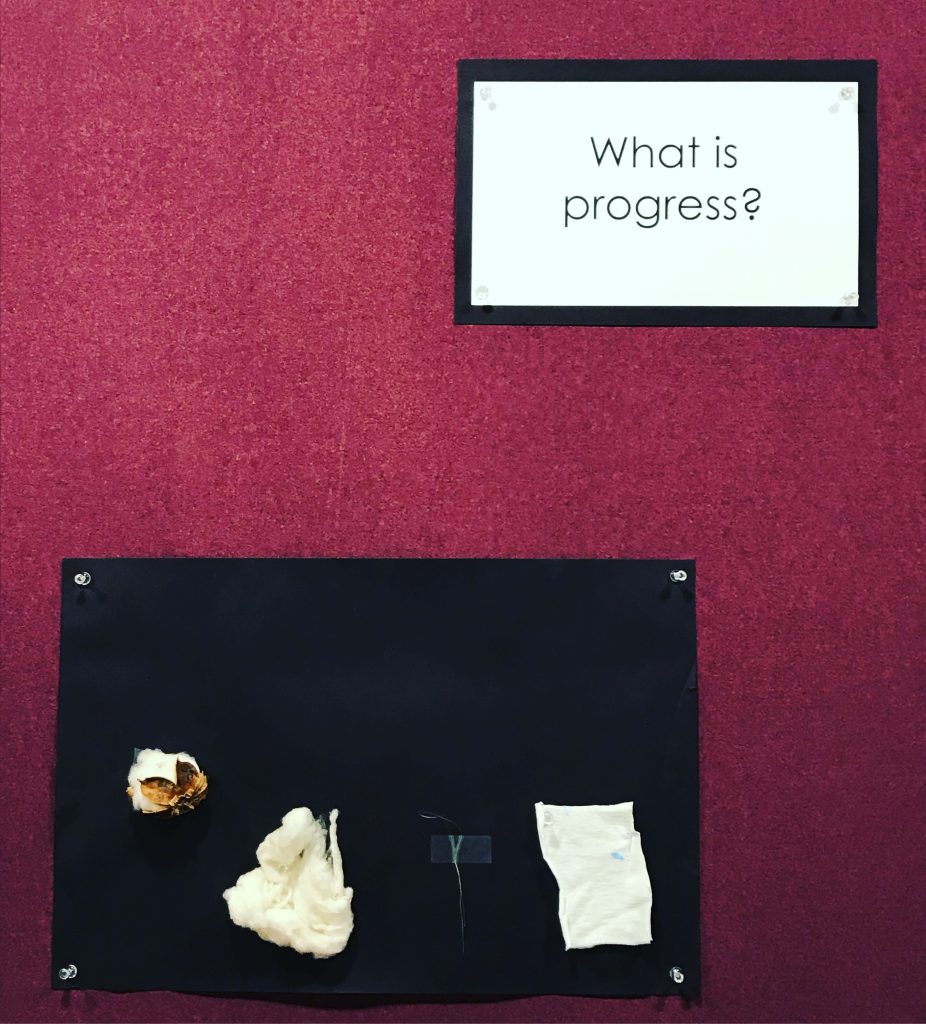I’m heading back on the train after two remarkable days at Blue School. It is almost a perfect place — filled with color and care and theory and practice and things growing and questions being asked. What is progress? Who are you? Can two things be different but equal?
I could go on . . .

It also costs $50k a year. Its teachers feel like they have the time and space to do what is in the best interests of their kids. It has clear community norms. Kids feel safe to express themselves and find their voice. It is attentive to research and its unique swirl of art and science has given birth to a new pedagogy. Seriously, it is that good.
So why do I feel sad?
Because it is like a pearl at the bottom of the ocean, and it doesn’t need to be.
Blue School is a unicorn — when it could so easily be the norm.
In Meg Wheatley’s new book, she warns us to beware of “the ambush of hope.” The world is a mess, she says, and the historical scholarship on the decline of civilizations is clear: America is on the downward slope. It’s almost time to turn out the lights.
This is, of course, no surprise — we see and feel aspects of it every day. The world is not getting worse; it’s getting revealed. We have had the ability to solve our biggest problems — poverty, inequality, the lack of more Blue Schools, etc. — for a while now. What we lack is political will. What we lack is the collective willpower to move that shit through. So the wheels go round and round . . . And places like Blue School remain unicorns.
What is left for us to do? Wheatley says it is to create “islands of sanity” amidst the madness, to seize all that we can control, and at the same time to stop kidding ourselves that anything occurring “at scale” is a realistic dream. We have met the enemy. We could have been so much better . . .
Recent Comments